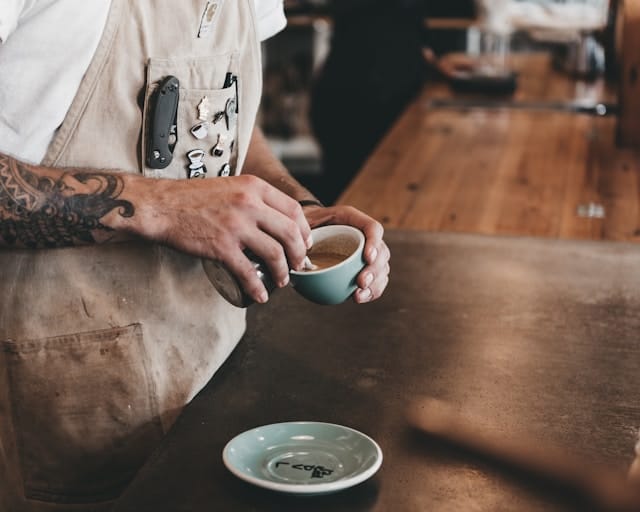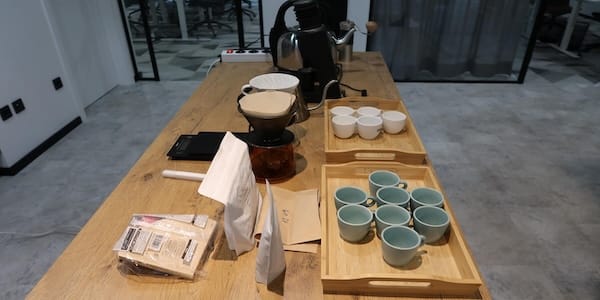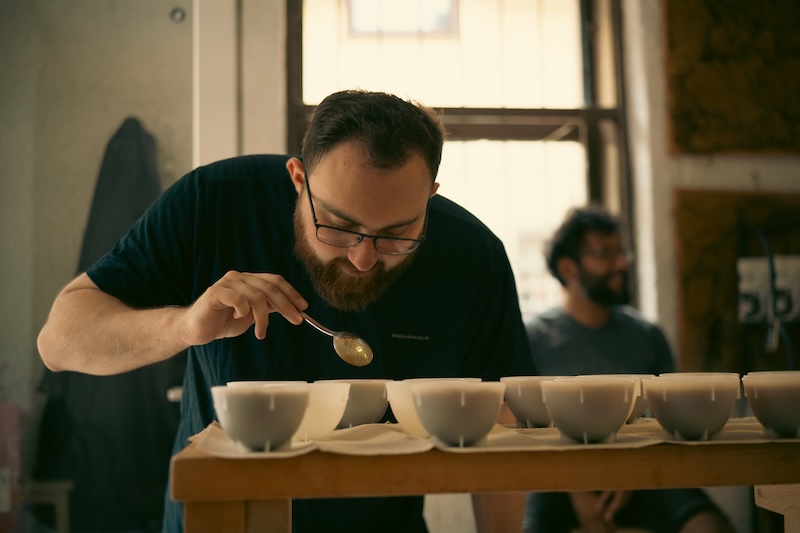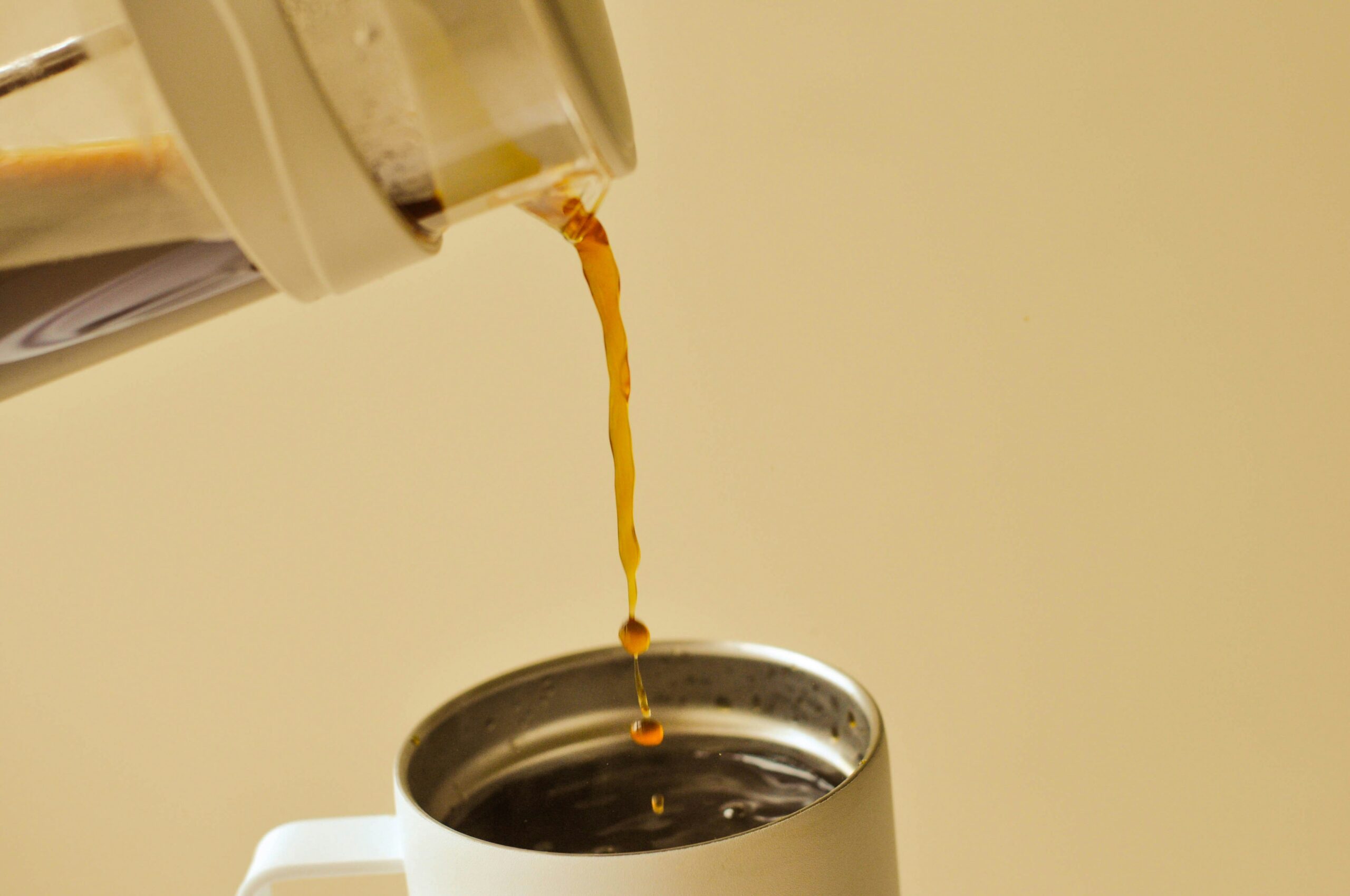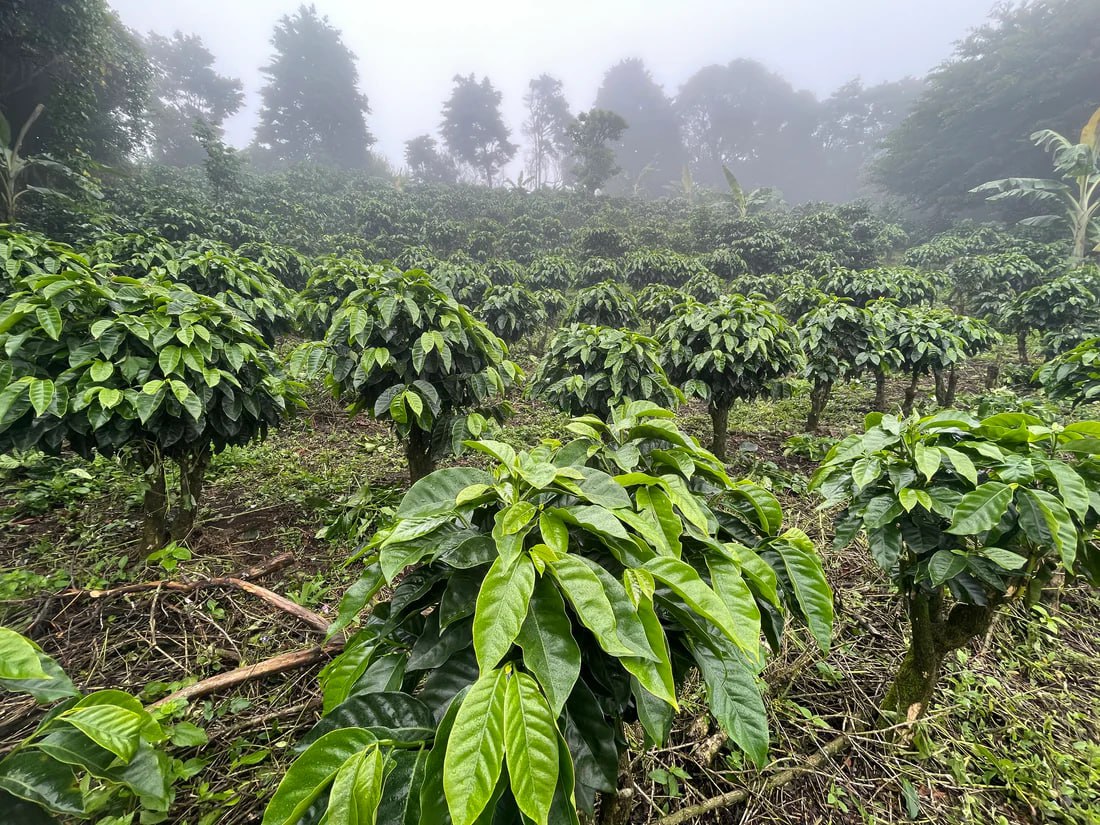ALL POSTS
ALL POSTS
The Trends and Future of Specialty Coffee
12 min read
Last edit: Jan 9, 2025

The specialty coffee industry has been a true dynamic force in the world of coffee, constantly evolving and adapting to changing consumer preferences and market trends. The statistics prove this. Recently, the global specialty coffee market has experienced significant growth and is expected to reach a market value of $152.69 billion by 2030.
How come? This process is driven by such factors as increasing demand for unique and high-quality coffee experiences and a growing emphasis on sustainability practices within the coffee industry.
Thus, the National Coffee Association (NCA) recently released its latest National Coffee Data Trends (NCDT) report, revealing that coffee remains America’s most popular beverage. The report also highlights that 52% of Americans consumed specialty coffee in the past week, demonstrating the strong demand for high-quality coffee.
In this article, we will explore the current state of the specialty coffee industry, as well as examine the latest coffee trends, challenges faced by the industry, and not only.
The evolution of specialty coffee
Let’s start with the basics. So, the term “specialty coffee” was first used in 1974 by Erna Knutsen, referring to coffee or coffee experiences recognized for their distinctive attributes and significant extra value in the marketplace. To be more accurate, the Speciality Coffee Association (SCA) defines specialty coffee as scoring over 80 on a 100-point scale.
Specialty coffee originates from small, dedicated farms around the world, cultivated with passion, expertise, and meticulous attention to detail (and, obviously, love). Superior bean quality, precise roasting techniques, and commitment to freshness result in a rich, complex, and uniquely flavored cup.
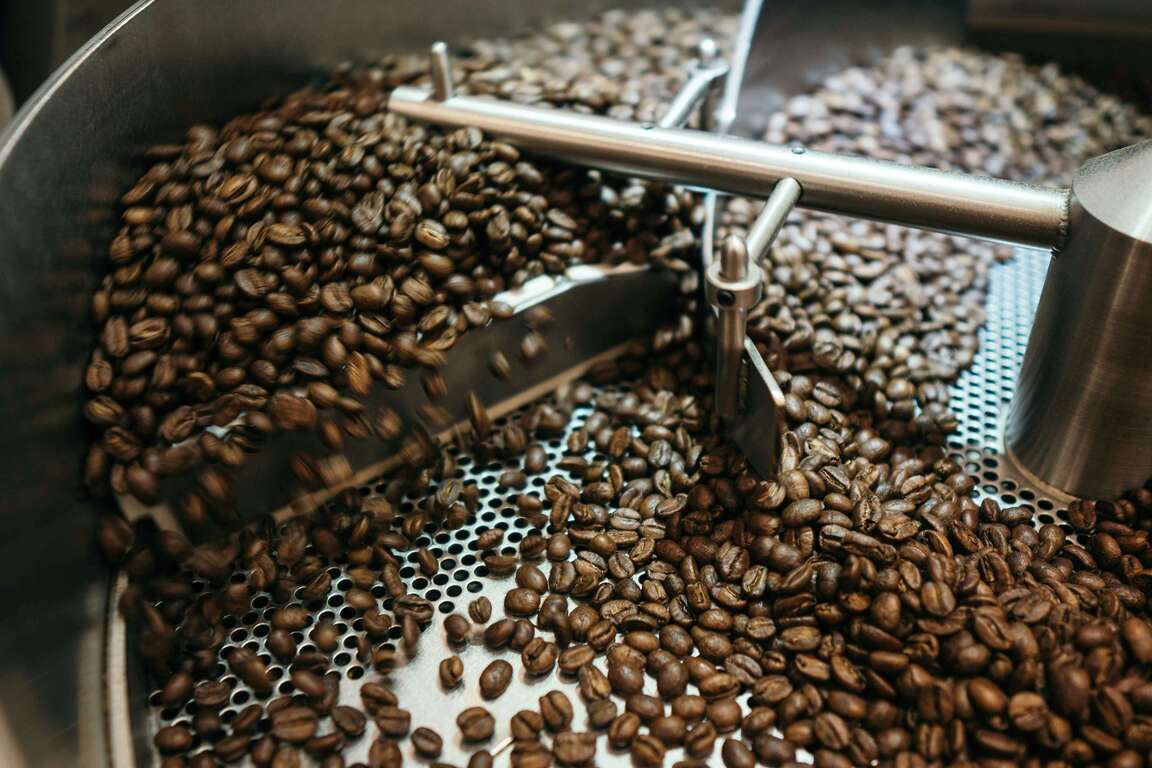
Gaining momentum
The specialty coffee industry began taking shape in the 1960s and 1970s in the United States, focusing on sourcing and roasting high-quality beans. Key figures like Alfred Peet, George Howell, and Erna Knutsen played significant roles in its development. The concept of “fair trade” coffee emerged a bit later, during the 1980s and 1990s, aiming to improve coffee farmers’ lives by paying them a fair price. In recent years, the industry has also emphasized sustainability, direct trade, and transparency, which is a great step forward.
What about nowadays?
Now, specialty coffee is a global phenomenon, with rapid growth expected in the UK and worldwide. Thus, Allegra Strategies predicts a 13% year-on-year growth for this segment, outperforming the overall UK coffee market.
The rise of specialty coffee culture is attributed to artisan roasters and independent coffee shops offering single-origin and micro-lot coffees. Besides, as the industry evolves, it could learn from winemaking practices and focus on soil health and regenerative agriculture in coffee production. As for the main consumers, millennials are the primary drivers of specialty coffee demand in the UK and the US.
Current trends in specialty coffee
The specialty coffee industry is experiencing a shift towards convenience-based products (like coffee pods), which may result in the loss of loyal consumers who appreciate the true coffee art.
The sector is still expected to demonstrate robust development through the next decade, with an annual growth rate estimated at 12.3%. However, businesses must maintain quality and sustainability standards while meeting the growing demand for convenience.
One more thing to keep in mind is that the online distribution outperformed other channels with a share of 44.4% in 2022.
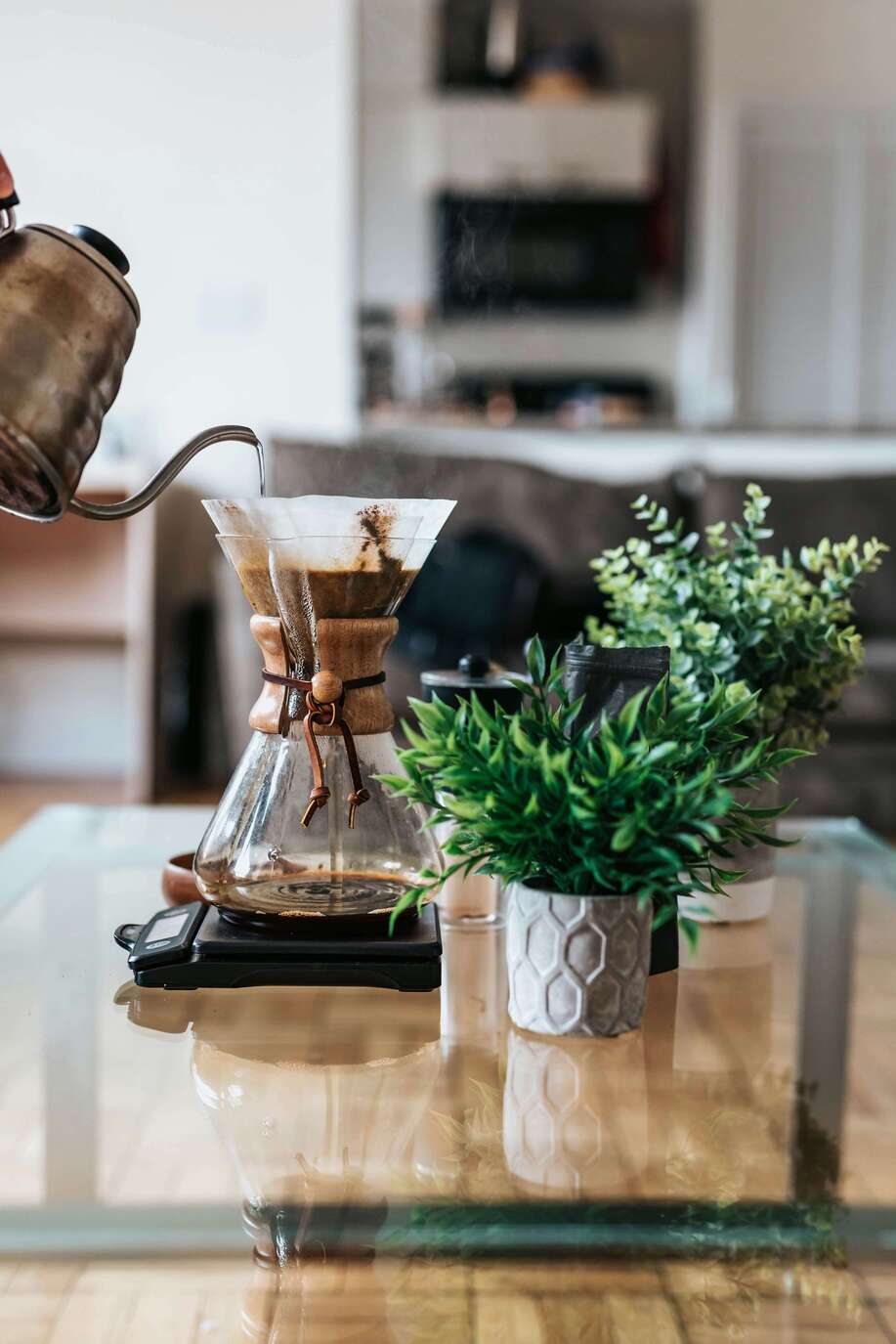
Technology in action
Technology plays a significant role virtually in any industry, and specialty coffee is not an exception. Let’s discover how it shapes the current trends:
- Smart coffee machines can be remotely controlled and integrated with other smart home devices, which is extremely convenient.
- Virtual coffee tasting events and augmented reality systems provide interactive training and educational experiences for baristas who do not even have to leave their homes to gain new skills.
- Robotic technology creates complex designs and patterns in coffee foam, allowing for visually stunning coffee drinks. Coffee is still an art, even in case the foam design was inspired by technology.
- Online ordering and coffee subscriptions streamline the coffee-buying experience and deliver favorite drinks directly to customers’ doorsteps. Again, no need to leave home.
- QR codes provide consumers with more information about coffee, increasing in use by 94% between 2018 and 2020. This is the way to ensure transparency without covering the entire cup or packaging with text.
- Mobile order takers and self-service kiosks improve order efficiency and minimize potential errors, even though sometimes these self-service stations are difficult to understand.
More trends to consider
Other trends worth mentioning are as follows:
- Decaf Typica won the 2024 US Brewers Cup, which means a shift in consumer opinion on decaf.
- The need for specialty coffee is expected to remain “exciting” for younger generations.
- Debates around the value added by printing producers’ names on coffee packaging (doing so is actually a good idea to make the supply chain more transparent and pay some respect).
- Blends are considered intellectual property for coffee roasters (and we agree, coffee blending is an art).
- Emerging products like coffee leaf seltzer (as we remember, there is a shift towards convenience-based drinks).
- The most popular types of coffee are espresso, cappuccino, iced coffee, and latte/latte macchiato.
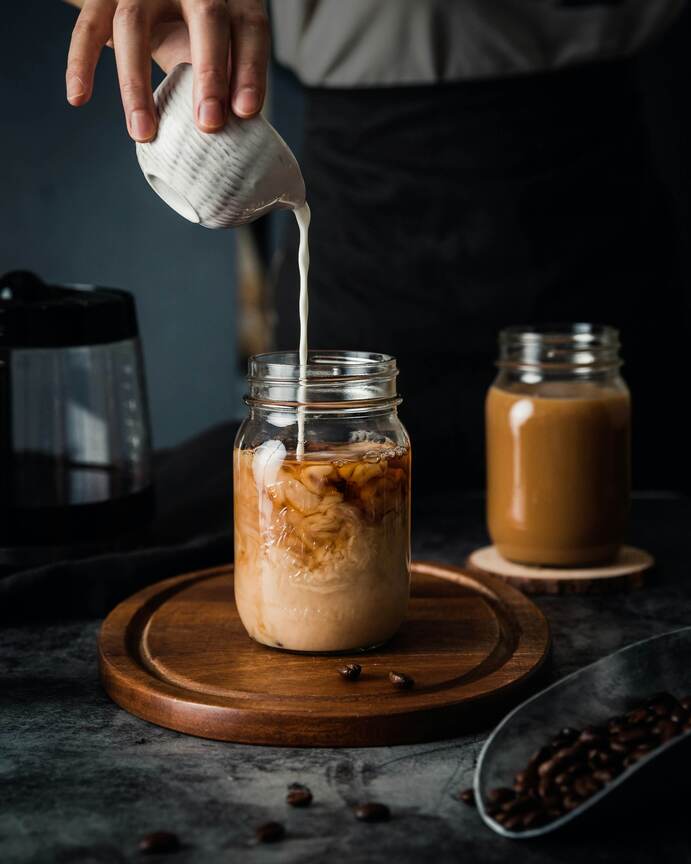
Challenges faced by the specialty coffee industry
The specialty coffee industry faces an entire set of challenges, starting from supply chain issues and ending with climate change. Let’s take a closer look.
Shipping and operational challenges
On the supply side, the industry faces labor shortages, with a lack of suitable workers for coffee processing and an aging population of coffee producers. This leads to irregular shipping, which can impact the freshness of green coffee. One more factor to consider here is shipping container availability — it can disrupt the supply chain.
As for coffee shop owners, they need to maintain their equipment and premises, which means time and money investments. The highly competitive nature of the coffee shop industry makes it difficult for owners to stand out and attract customers, and the need for maintenance poses an additional threat. The same applies to coffee roasters, especially in terms of equipment.
Quality assurance
Quality assurance and processing are critical factors when it comes to ensuring the quality of specialty coffee. Optimized protocols for cultivation, ripe berries collection, and removal of outer fruit layers are essential. Coming back to shipment and proper storage, they are crucial to preserve bean quality and prevent fungal contamination and mycotoxin formation, such as ochratoxin A.
Financial issues
To succeed in a highly competitive environment, specialty coffee shop owners require a well-thought-out pricing strategy and budget control. For beginners who lack experience, this can be a significant challenge.
Additionally, price fluctuations and unreliable incomes make it difficult for producers to predict pricing trends and plan ahead. This affects their ability to view their farms as profitable organizations. Besides, many producers are unable to value their own coffee in the same way that buyers and consumers do.
Climate and diseases
One more threat to keep in mind is climate change, which implies rising temperatures and new rainfall patterns threatening the Arabica coffee species. These may lead to a potential 10-20% decrease in overall crop yields by 2050.
Unpredictable weather (like erratic seasonal rainfall) also affects coffee harvesting, processing, and ripening. Apart from this, it is essential to consider the potential loss of terroir when using darker roast profiles, despite the need to cater to consumer preferences. All these factors result in the need for climate risk management and insurance to help coffee producers mitigate the effects of climate change.
The coffee crops suffer on their own, too. They are vulnerable to various pests, diseases, and fungi (for example, coffee leaf rust (la roya) and coffee berry borer beetles).
Global factors
The COVID-19 pandemic has disrupted global supply chains, affecting the availability and cost of raw materials, including coffee beans. Even though this crisis seems to be left behind, now the specialty coffee market is influenced by the Russia-Ukraine war.
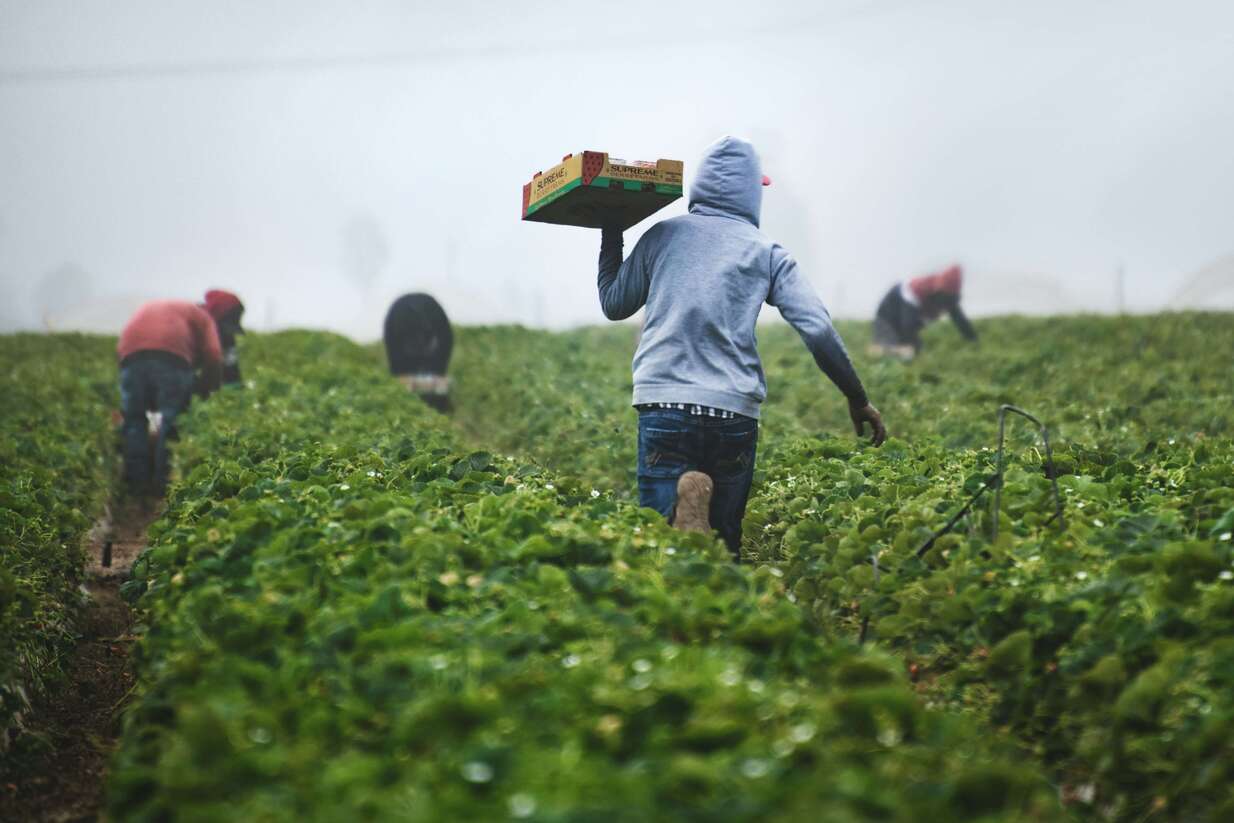
The role of technology and innovation
Obviously, technology and innovation play a crucial role in shaping the specialty coffee industry, from improving coffee quality to enhancing sustainability practices. We have already reviewed a couple of applications, but there are more things to mention.
Flavor and roasting
New technologies can improve flavor development in coffee beans, while modern coffee machines ensure consistent quality with precise control over brewing factors such as temperature, water flow, and extraction time. Automation in coffee roasting has also improved control over roast profiles, with artificial intelligence-driven technology detecting key stages more precisely and consistently. The risk of human error is minimized.
Coffee production
In coffee production, technology enables accurate monitoring of coffee plants, optimizing growing conditions by tracking temperature, humidity, and soil “well-being”. In turn, drones and producer-focused mobile apps provide useful data for coffee production, helping improve coffee quality. Additionally, recent advancements in AI technology, such as the ProfilePrint platform, allow producers to understand more about bean quality. This makes it possible to predict the quality of coffee itself.
And that’s not all. Weather forecasting technology enables farmers to know in advance such factors as temperature, rainfall, humidity, and pests affecting coffee trees. Besides, satellite tracking technology can quickly and economically assess deforestation in the coffee supply chain.
Sustainability
Technology also plays a significant role in improving sustainability in the industry by providing traceable and transparent information about coffee origins and producers. In coffee shops, data analysis technology offers valuable information on inventory levels, top sellers, and employee theft instances, while integrated printers eliminate steps in the order process. This improves order accuracy and speed of service.
Consumer behavior and expectations
Consumer behavior and expectations are the key factors in terms of shaping the specialty coffee industry. Young Gen Z (18-24-year-olds) accounts for the largest age group among specialty coffee consumers, representing 32.7% of the market in 2022. This group is driving the demand for specialty coffee as part of their lifestyle. However, they are not the only coffee lovers.
Let’s summarize the three main groups of consumers:
- Neutral coffee drinkers: often women aged 31-40, with higher education, living in cities with 50,000-100,000 inhabitants.
- Ad hoc coffee drinkers: young consumers, not coffee connoisseurs, who drink coffee just because of their lifestyle.
- Non-specific coffee drinkers: consumers who do not fit into the other two categories.
As for the most important factors affecting coffee purchasing decisions, here they are:
- Quality
- Flavor
- Habits
- Brand
- Price
Besides, the way coffee is prepared is important for 44.4% of respondents, and here are the most popular brewing methods:
- Coffee made with boiling water in a cup or glass
- Preparing in a pressure coffee machine
- Drip coffee maker
It is also worth mentioning that consumers are increasingly focused on sustainability and ethical sourcing. Therefore, more and more roasters and cafes emphasize ethically sourced beans and environmentally-friendly practices. There is also a growing demand for specialty coffee drinks, such as nitro coffee and espresso-based beverages, as well as plant-based milk alternatives. The adoption of innovative and high-tech brewing technologies for home baristas is another trend driven by consumer expectations.
As the role of the barista continues to evolve, it is crucial for the industry to adapt to the changing consumer behavior and expectations to remain competitive and relevant in the market.
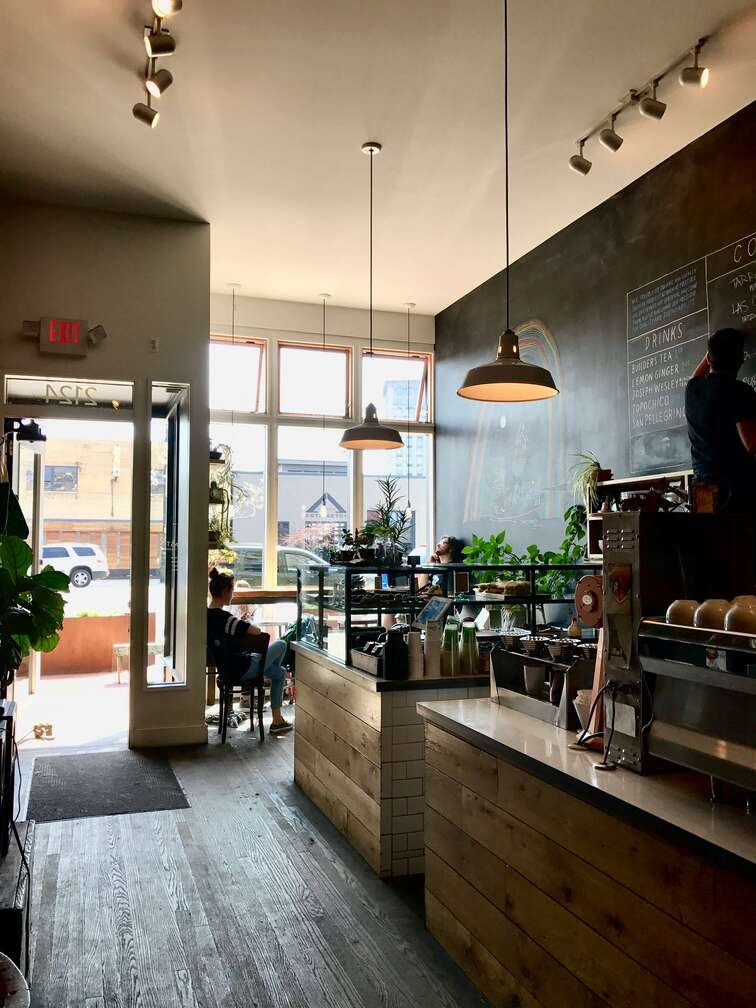
Future outlook for specialty coffee
As you already know, the global specialty coffee market is projected to reach $152.69 billion by 2030. In 2021, Europe had a leading market share of 46.21% and a value of around $24.80 billion.
Why did Europe become the leading region? Everything is pretty simple. Since there is a growing demand for high-quality licensed coffee products, more and more coffee shops are entering the stage. The appearance of new local brands, roasters, and coffee bars also helps drive growth.
However, the specialty coffee market in North America is growing too. It is forecasted to show a CAGR of 20.06%, which is impressive. The main reasons for this are the same as for Europe: developing coffee store culture, rising demand, and so on.
Key factors
The main factors contributing to the increase in demand for specialty coffee are as follows:
- Evolving consumer preferences towards unique and high-quality coffee experiences
- Growing emphasis on sustainability practices within the coffee industry
- Increasing adoption of specialty coffee in both specialized and home settings
The competitive landscape is characterized by prominent market players, with a focus on sustainability and ethical sourcing. As for the major global manufacturers in the specialty coffee market, they include Stumptown, The Coffee Bean and Tea Leaf, Costa, Bulletproof, M. Smucker, Gevalia, Keurig Green Mountain, Strauss Group, Jammin Java Corp., Starbucks, Caribou Coffee, Caffe Nero, Blue Bottle, and Lavazza. You have definitely heard at least about some of them.
What about the future?
Looking ahead, several trends are expected to shape the future of the specialty coffee industry:
- Improved trading conditions, so commercial coffee shops are expected to fully recover their sales after the pandemic.
- Continuation of delivery and click-and-collect services, with 54% of US-based coffee consumers preferring the format of drive-thru coffee shops due to their convenience.
- Sustainability remains a priority, with an increasing number of consumers expecting brands to use eco-friendly packaging and reduce waste.
- The rise in Africa’s coffee culture, driven by urbanization and middle-class income growth. This will lead to an increased number of specialty coffee shops and roasters, job creation, and support for local farmers.
- The emergence of co-offices, coffee bars, and more, with coffee shops expected to act as coworking spaces in the post-pandemic world.
- Merging of coffee and wine bars, particularly in South Africa, bringing two specialty products together under one roof.
- Strong demand for at-home coffee consumption.
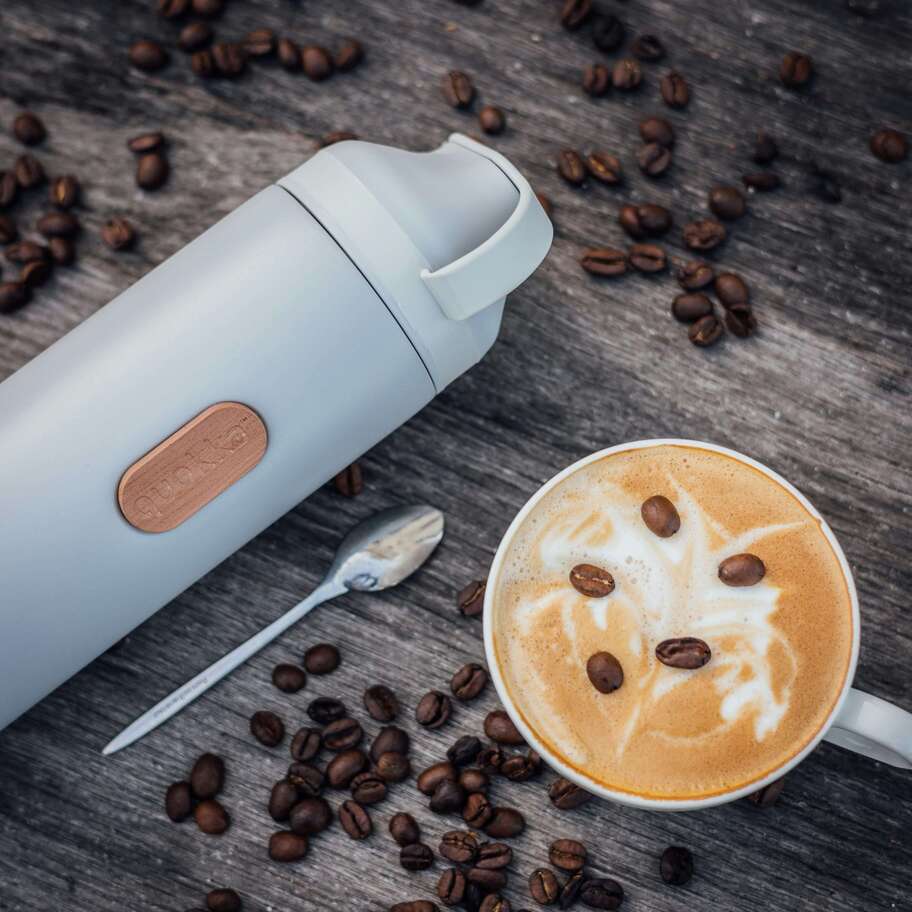
FAQ
What is the current state of the specialty coffee market?
The specialty coffee market is experiencing growth and is expected to continue expanding at a significant pace between 2024 and 2031. As of 2024, the market’s growth was moderate, but with key players adopting new strategies, it is forecasted to increase throughout the projected period.
How is the specialty coffee segment trending?
The specialty coffee segment is on an upward trajectory, and its market value is expected to reach $152.69 billion by 2030. This is influenced by such factors as growing preferences towards high-quality coffee, increasing emphasis on sustainability, and others.
Are people drinking more or less coffee these days?
Overall, coffee consumption remains robust, with a noticeable trend being the escalating demand for specialty coffee. Consumers are looking for high-quality coffee experiences and are exploring a variety of flavor profiles.
What portion of the coffee market is made up of specialty coffee?
Based on a survey by the National Coffee Association of America, specialty coffee constitutes 48% of the coffee cups consumed in the U.S., as perceived by consumers. Specialty coffee also accounts for about 55% of the total retail value in the U.S. coffee market, which is estimated to be around $48 billion.
We are keeping an eye on the trends and exploring Slovenian coffee shops and roasters. Wanna learn more? Then check out our blog.
Would you like to learn more about other coffee roasters in Slovenia? Here are the guides.




